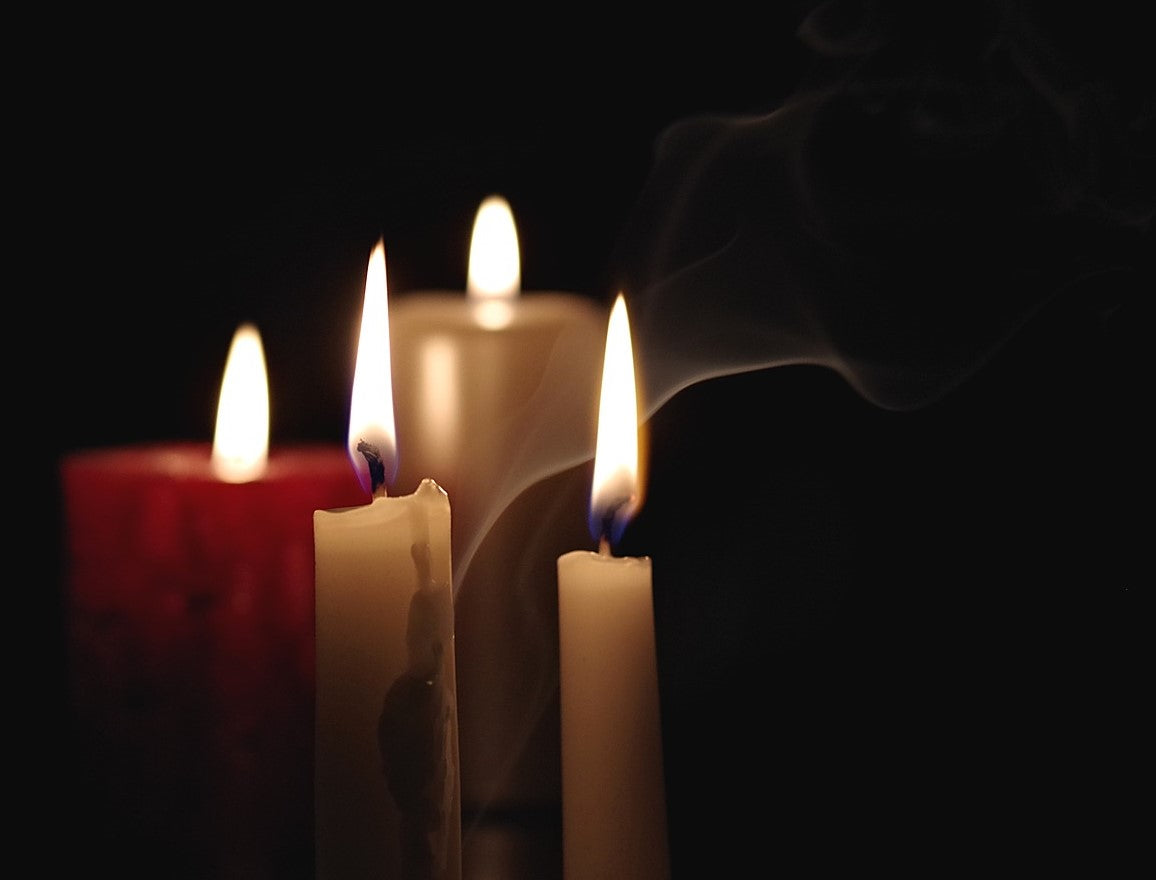Artykuł: Mistyczny Andrzejek
Geneza dnia św. Andrzeja
Korzenie tego święta są głęboko powiązane z historią św. Andrzeja, jednego z dwunastu apostołów Jezusa Chrystusa. Mówi się, że Andrzej został ukrzyżowany 30 listopada roku 60 n.e. na krzyżu w kształcie litery X, który jest obecnie znany jako krzyż św. Andrzeja lub Saltire i jest flagą narodową Szkocji. Legenda głosi, że część relikwii św. Andrzeja przywiozła do Szkocji św. Regulus. Miejsce, w którym podobno umieścił te relikwie, obecnie znane jako miasto St. Andrews, stało się w średniowieczu ważnym miejscem pielgrzymek religijnych i do dziś pozostaje znaczącym miejscem historycznym.
Św. Andrzejki to święto państwowe w Szkocji, ale jest ono również powszechnie obchodzone przez szkockie społeczności i organizacje na całym świecie.
W Szkocji dzień ten charakteryzuje się tradycyjnymi zajęciami, takimi jak taniec ceilidh, muzyka, czytanie poezji i opowiadanie historii.
Odbywają się również uczty obejmujące potrawy takie jak haggis, neeps (rzepa) i tatties (ziemniaki). i szkockiej whisky. W wielu miastach odbywają się wielkie parady i kultowe zabytki oświetlone narodowym niebieskim kolorem.
Na całym świecie ludzie pochodzenia szkockiego podtrzymują swoje dziedzictwo, organizując spotkania z okazji Dnia Świętego Andrzeja. Wydarzenia te często obejmują szkocką muzykę, tańce góralskie i tradycyjne szkockie posiłki. Niektórzy z tych obchodów przeplatali także lokalne tradycje, tworząc niepowtarzalne interpretacje święta.

Dzień ten obchodzony jest w Polsce wyjątkowo, zwany tam „Andrzejkami”, który przypada w nocy 29 listopada. Święto to ma bardziej romantyczny i mistyczny wydźwięk niż wersja szkocka. Tradycja sięga XVI wieku i jest wypełniona serią rytuałów wróżenia, zazwyczaj obracających się wokół spraw miłości i małżeństwa.
Jedną z najpopularniejszych tradycji jest wróżenie z wosku, podczas którego gorący wosk wlewa się do zimnej wody przez dziurkę od klucza lub cień, jaki rzuca na ścianę, jest następnie interpretowany jako przepowiednia przyszłych wydarzeń, często związanych z małżeństwem i miłością

Inną popularną tradycją jest „wyścig butów”, podczas którego dziewczęta ustawiają buty od ściany do drzwi. Właściciel buta, który jako pierwszy dotrze do drzwi, ma rzekomo jako pierwszy wyjść za mąż.
Przebijanie kartki w kształcie serca z imionami na odwrocie to kolejna gra wróżenia. Uczestnicy zapisują imiona żeńskie i męskie na dwóch oddzielnych kartkach, a następnie wbijają igłę w papier po drugiej stronie. W miejscu z dziurką w karcie widnieje imię przyszłego małżonka.

Aby jak najlepiej wykorzystać tę czarującą noc, wystarczy ubrać się stosownie do tej okazji. A jeśli chodzi o sukienki imprezowe, projekty Angeliki Józefczyk to doskonały wybór. Ta znana polska projektantka znana jest z wyjątkowych, żywych i elegancko zaprojektowanych sukienek, które bez wysiłku łączą styl i wygodę. Jej sukienki stanowią idealne połączenie nowoczesności i klasyki i dzięki nim wyróżnisz się w tłumie
Przygotowując się do „Andrzejek” zastanów się nad wyborem jednego ze strojów Józefczyka. Połącz ją ze swoimi ulubionymi dodatkami, a będziesz gotowa na świętowanie wieczoru w wielkim stylu. Nie tylko będziesz uczestniczyć w cenionej tradycji kulturalnej, ale także będziesz to robić, wyglądając absolutnie najlepiej.
Kup wygląd

Kup wygląd















